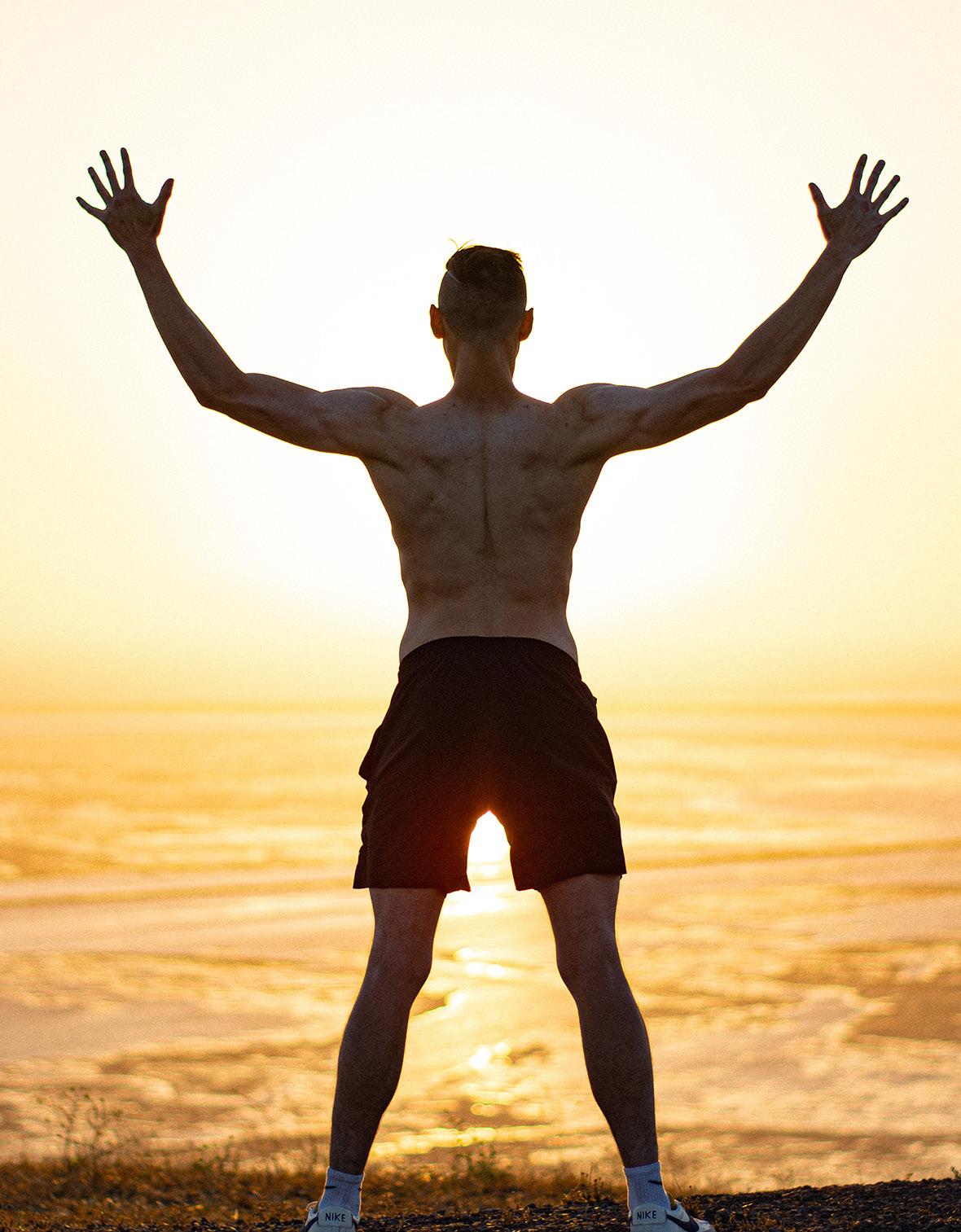

I see you.
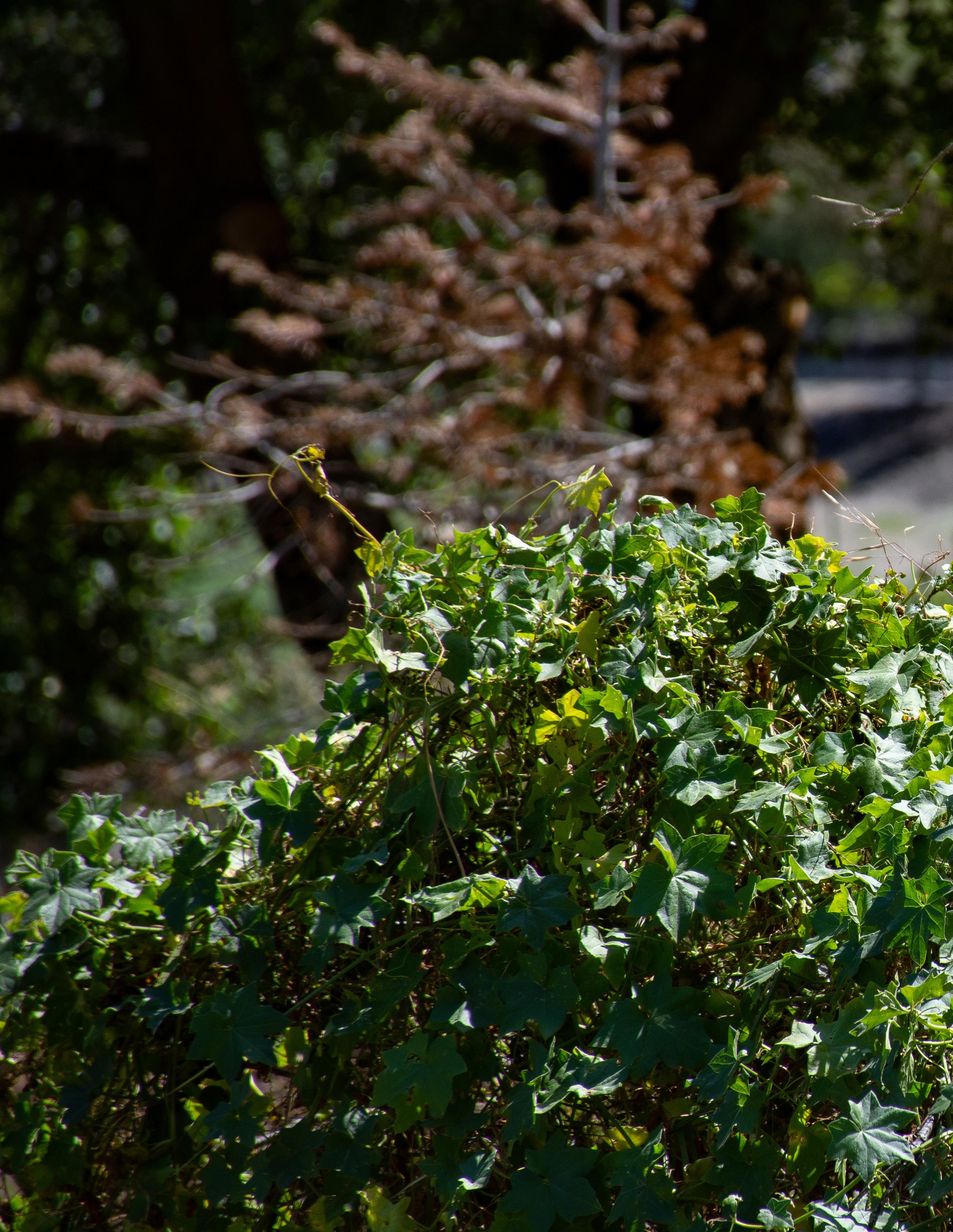
Kahari’s all-new Skylight S9100 24 megapixel full-frame camera. Our kit comes complete with an f/3.5-5.6 OIS 18-140mm zoom lens, so you can enjoy nature even from afar.
Camera royalty.
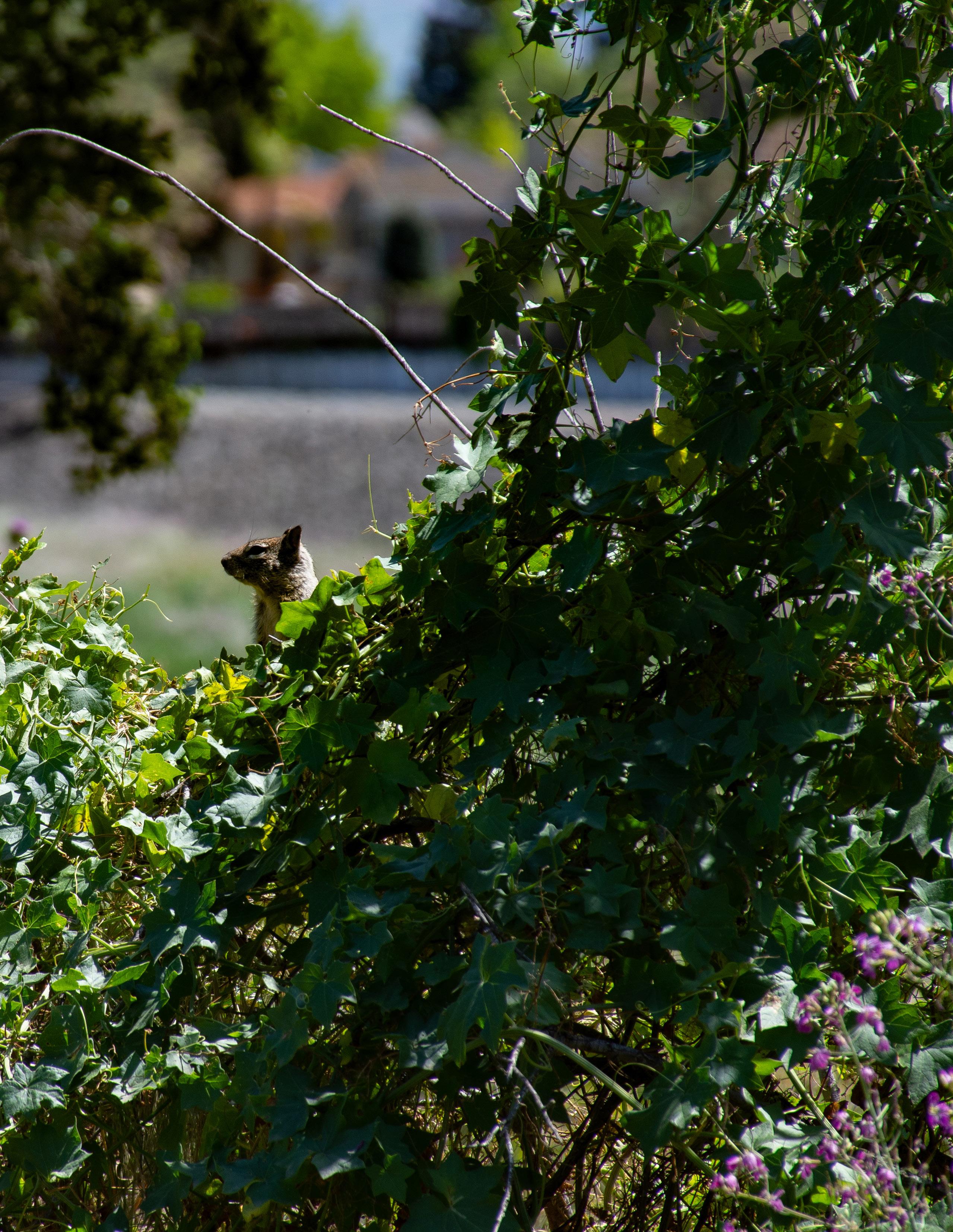
Tandaan Photography Studio’s very first magazine and issue: “keep in mind”
Editorial, design, photography, publisher, and manager Don Padlan
Keep in Mind Magazine is published by Tandaan Photography Studio, a subset of Don Padlan Graphic Design
All rights reserved.
Cover image: Joey at the Peak
Left: Sunset on the San Francisco Bay
Right: Don Padlan with his camera gear by the Golden Gate Bridge

Welcome to the very first edition of Tandaan Magazine, created, written, and curated by Don Padlan, the founder of Tandaan Photography Studio. The purpose of this magazine is to increase appreciation for the medium and art form which is photography for amateurs, professionals, and everybody interested.
We as a studio have bright plans for the future, hoping to graduate Tandaan Photography
Studio from a capstone senior project, and expand it into a personal passion project (and eventually a business venture), extending our reach as graphic designers and photographers.
Tandaan Magazine would evolve into a real periodical magazine which releases every month, and the products that Tandaan Photography Studio will release would become regular things to make. Tandaan will
also function as a photography company and studio as well, taking portrait photographs and catering to events as well. This is the very first update for Tandaan as a whole, thank you for sticking around and we hope to have your long-lasting support.
Don Padlan, Tandaan’s founder
Studio Updates
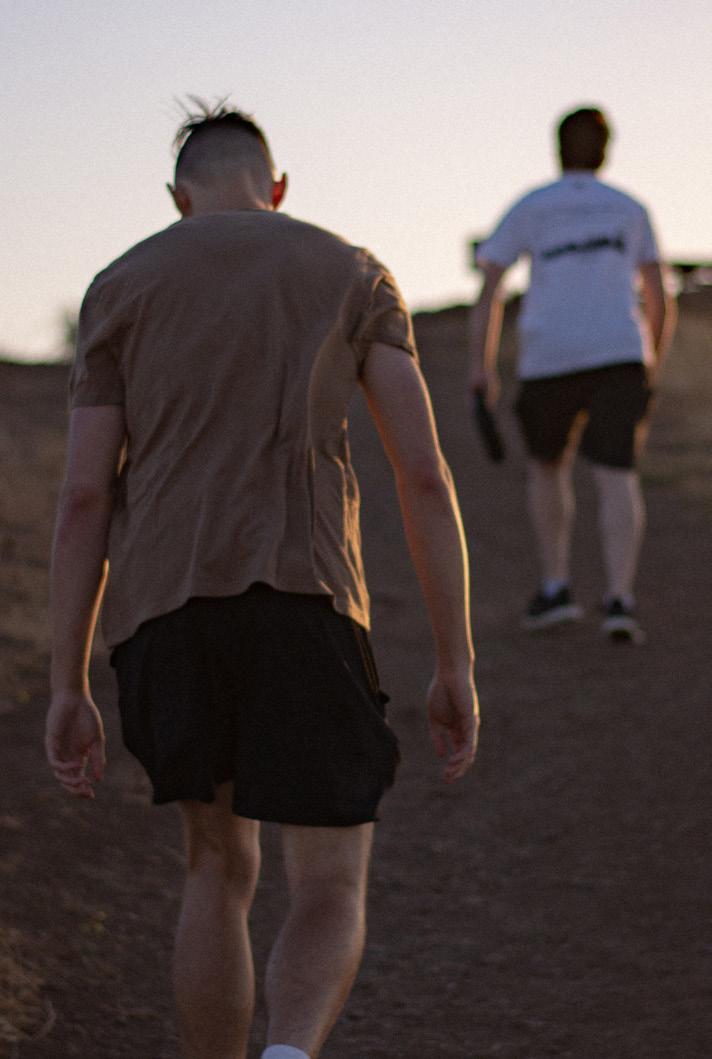
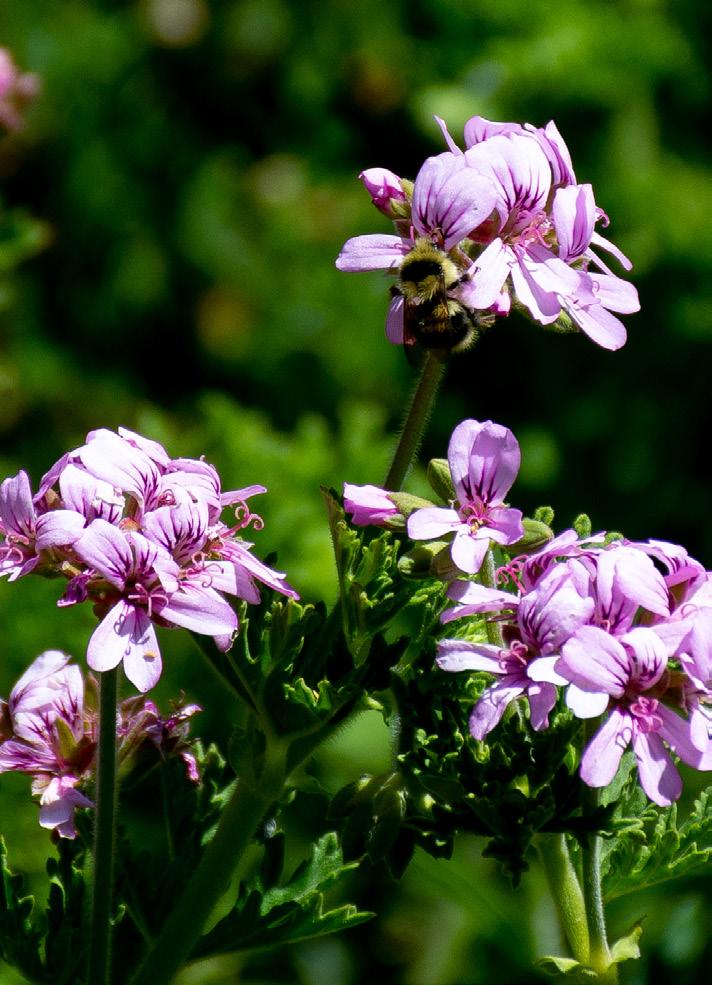

Letters to the Editor
“Hi Don and everyone at Tandaan Studio, my son found my old Canon AF-1 a while back and can’t stop playing with it. Every so often we’d mail his film rolls to a company that develops his film and digitally scans the pictures to be sent back. We don’t do this as regularly, but when we get the digitals back, my son’s eyes sparkle as if it’s his birthday or Christmas constantly. I found Tandaan and the magazine a bit ago and have been re-learning some fundamentals to pass onto my kid so he can follow his passions as a future photographer.”
- Agnes Pruett, 37


“My photos aren’t that great but I want to keep improving my craft. In this day and age of the internet and rapid information exchange, I could easily go to websites or watch tutorial videos on how to take good pictures, but there’s something genuine about what Tandaan Magazine is doing which draws me in.”
- Elizabeth Stam, 43
“I’ve been a photographer for several decades now, and to see your photography studio and periodical come up is a refreshing sight to me. What Tandaan will become for the culture of photography will be remembered for a while, helping both long-time photogs like me while creating a nurturing space for aspiring photographers. You have my support and I look forward to next month’s edition!”
- Ruben Noor, 59

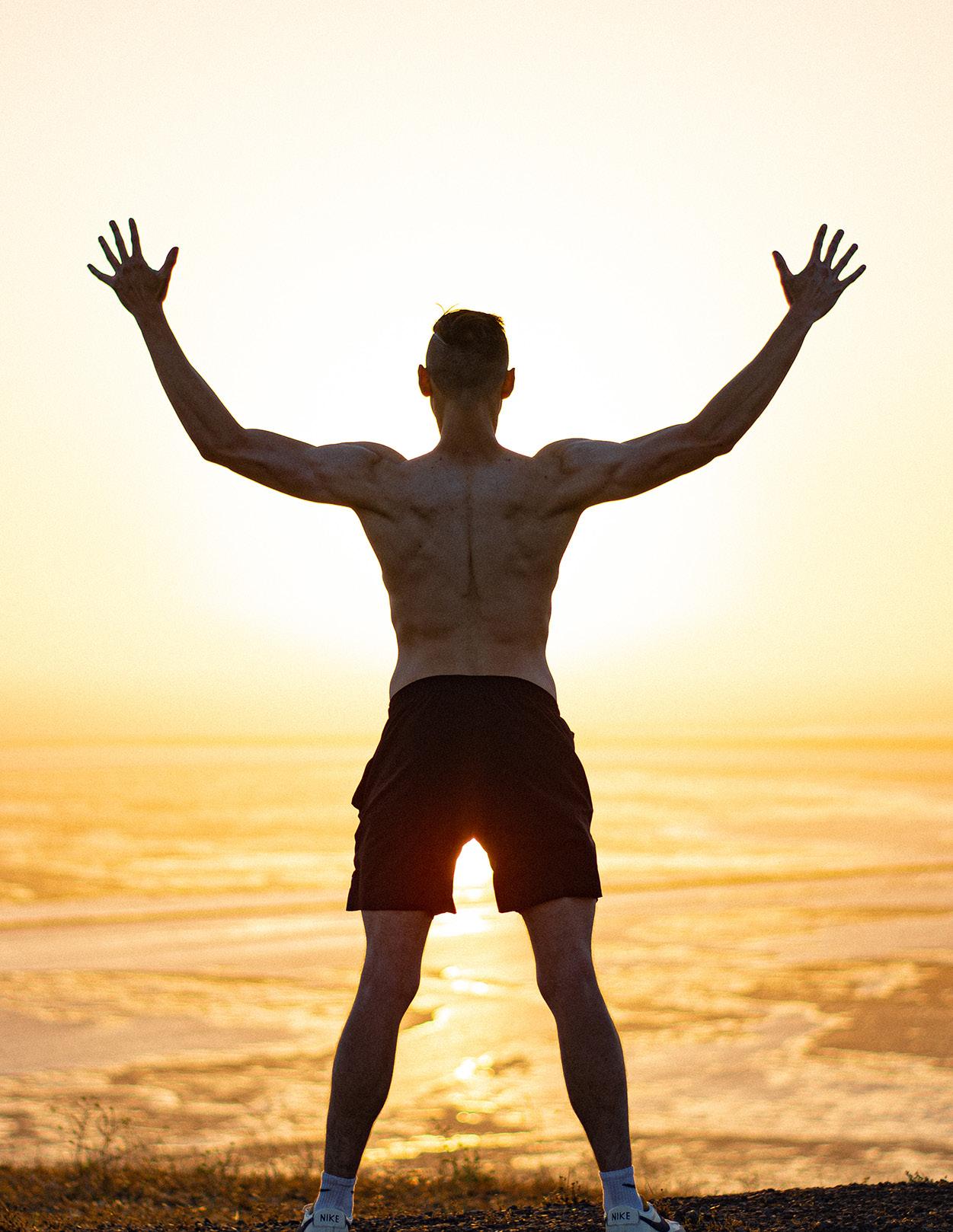
TO THE TOP: Joey Frazier and his never-ending climb
As a symbol of triumph, accomplishment, and overcoming nearly impossible hardship, the photograph of my good friend Joey Frazier has to be the best photo I’ve taken so far. I didn’t even know I’d be taking this photo two days
prior, as Joey had contacted me pretty unexpectedly ever since graduating high school.
From high school, he was someone who held a lot of weight, both mentally and physically. Like most people during the deep quarantine era, an epiphany had hit Joey, where a journey of self-improvement would begin and gain an almost unstoppable momentum.

Frazier mentioned.
I’ve mentioned this to Joey several times over in doing the shoot for him, but I felt absolutely honored that he would contact me after a while to take pictures of him and his current
physique as an anniversary weigh-in from when he began this miraculous path. Our shoot was split into two days, one where it was just mostly catching up and being distracted to where we didn’t catch a lot of light near the end of the shoot, but the second day is where Joey’s improvement really shone upon both me and our friend who joined us. Near the end of the first day, we suggested we head up Coyote Hills in Fremont, California, as the hike upwards would symbolize the climb Joey took to this point. Starting at the bottom of the hill at the trail’s beginning, we took pictures in brighter, harder light to accentuate the muscle Joey’s built since last year.
We moved upwards up the hill, talking and catching up more since all of us were in the same graduating high
“81 pounds in 365 days,”Looking at the Editor’s favorite photograph
school class. I kept taking random pictures wherever Joey asked me to, or through my own discretion. Eventually, we hiked all the way to the top of the hill, just in time for the best few minutes of golden hour. I’ve personally never been on a hike let alone at Coyote Hills, but the scenery of Fremont and the rest of the Bay Area, where the yellow-orange cast of the sun on both the water below and the city on the other side of the hill literally brought tears to my eyes.
I knew in this instant that this moment will absolutely not go to waste. It was windy at the top of the hill, not to mention very cold for Joey who needed to be shirtless for a lot of this shoot, so working quickly was important so we didn’t get sick. We cherished this moment as buddies, taking pictures with each other against this beautiful scenery, but finally getting back to work for Joey’s sake. The act of reaching the peak of any mountain or hill is symbolic of one
of the best achievements you can accomplish as a human being, where literally climbing a mountain is hard in itself, but translating it through your own hardships to get to a high point in your life is another thing. My photograph of Joey standing on Coyote Hill’s highest peak, against the sun, arms spread, and facing the water, earns my spot at my number one favorite picture I’ve ever taken. Through both my eyes and lens...

Joey Frazier had conquered himself and the world.





Photography Showcase
With vibrant colors and an excellent showcase of an interaction of nature, local Fremont, California photographer Carolyn Lambert’s image captures the little details in our circle of life. Taken in Fremont’s Shinn Historical
Park and Arboretum, beautiful purple sweet-scented geraniums were visited by their friend, a fuzzy bee. What makes this photograph excellent is a combination of qualities. Lambert’s skill and patience eyeing and capturing a

busy and always-moving subject like a bee is immaculate, where the bee landed perfectly on a geranium singled out by its height. The composition is simple and centered onto the bee and taller flower, surrounded by greenery.

Spring doesn’t last forever, so take the shot.
The Summit One-Snap is an easy camera to use. Just three steps are needed: turn on and charge the flash, wind the next film, then click at your subject. 30 easy exposures are at your fingertips and fit in your pocket, purse, or backpack. Don’t miss your next perfect opportunity which requires just One-Snap!
Stop at your local store and get a Summit Disposable One-Snap.

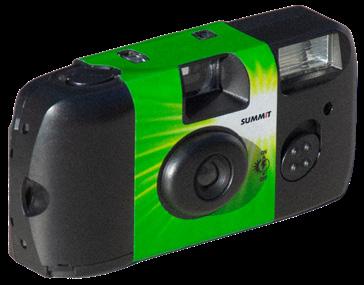
“You don’t want to miss this opportunity.”
Editor Critique
Taken on a bright summer evening at San Luis Obispo, this photo of a natural rock formation arch creeping into the waves sports unique colors and an almost faux film-like atmosphere. With one look I can guess

this was taken with a phone, one because its natural aspect ratio is similar to a smartphone, and the photo was taken vertically. Furthermore, in brighter environments such as this, phones tend to increase
its shutter speed, evident with the still yet moving water at the bottom right of the composition. On the topic of composition, this Pismo Beach scene is well-composed, leaving more visual weight at the bottom as that’s how we would naturally perceive gravity. Lots of blue sky is shown in the top two-thirds, and the bottom two thirds contains the ocean and beach. This is disrupted in a good way, however, by the rock arch formation on the left half of the composition, allowing for some dynamic movement through the picture. Two things stand out as fixes, where in looking at the ocean-sky horizon line, the picture is crooked. The second thing is the tree on top of the rock formation is just slightly touching the edge of the frame, where it would have been better if there was a margin as to not disrupt what the tree looks like. Overall, this is an excellent image, just with a few tweaks here and there. Thanks for your submission!
Today’s Photography Trends
Looking at some of the latest techniques and subject matter
Nostalgia
Today’s style for many things is seen to be inspired by a lot of going back in the past and either being inspired by that aesthetic and combining it with contemporary trends, or embracing past trends altogether and adopting it as something brand-new. As ironic as it seems, nostalgia in both today’s contemporary setting and in photography is
Self-love
A trend in today’s culture is the promotion of self-love, where oneself should be the target of focus and care, and from that would confidence and a better understanding of themselves flourish. We’re all familiar with filters from smartphone cameras or social media apps which either cover or distort the real appearances of faces.
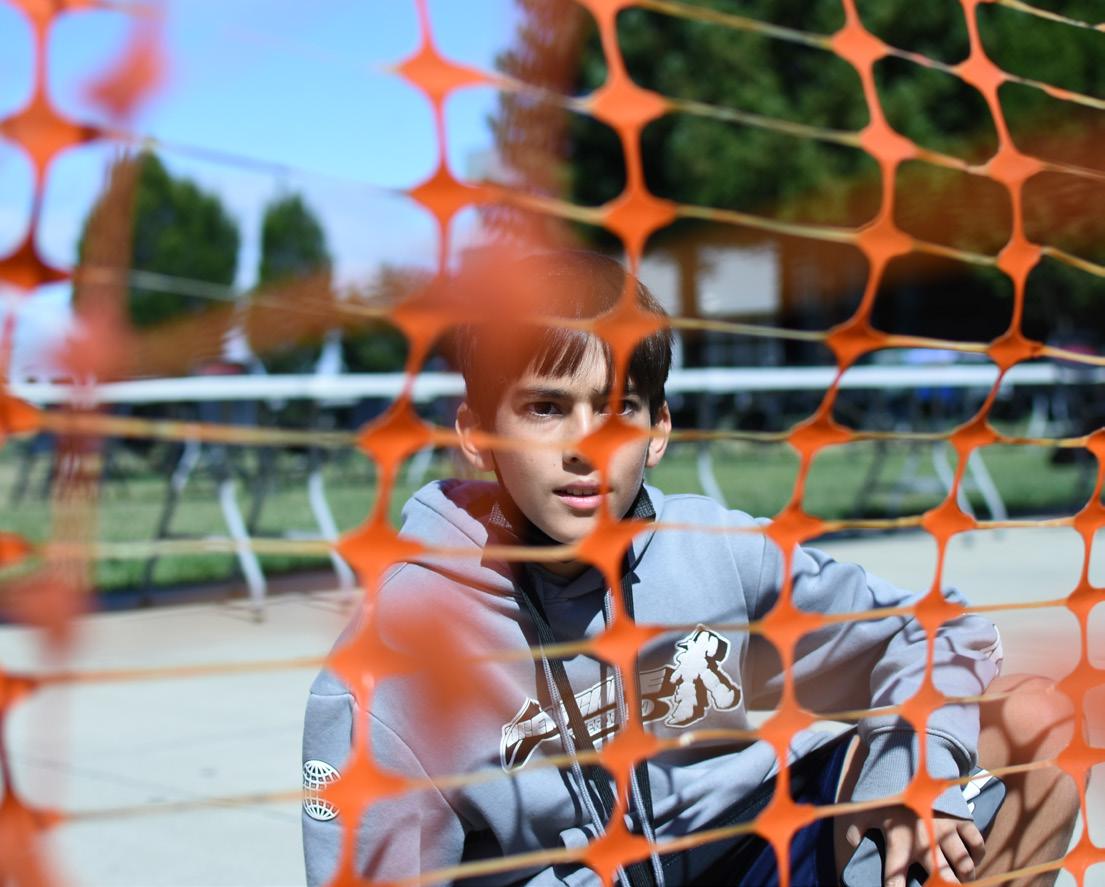

In fact, an outstanding number of smartphones sold in continents like Asia have their default camera apps have built-in functions to automatically smooth and brighten the skin in selfies. Today, photographs often are the opposite, where embracing our natural features shows a genuine person.
blowing up immensely, where used film cameras from your local thrift store or resellers are flying off shelves, or digital editing is employed to get that film look. Regardless, a nostalgic aesthetic from really any past decade’s style is the style now. On Instagram feeds we’d see nonphotographers or amateur photographers do this too.
Phone pics
Did you know that everybody is a photographer? Well that’s not necessarily true, but what is true is that pretty much everybody now has the potential to be one. A camera, a few lenses, and a nice assortment of camera gear which costs a couple semesters of college tuition isn’t needed to be one of those cool photographers
you see make it to magazines or art showcases. Everyone owns a smartphone now, and with smartphones come the amazing capability of having a camera in your pocket at less than an arm’s reach. Good photographers will say that the best camera is the one that’s readily available, because of irreplaceable moments you need fast.
Vibrance
Usually, to make the rules, someone has to break them. Almost like the Dada art movement where artists’ artwork meant to go against cultural norms, photography seems to be shifting in styles non-stop. Speaking of a nostalgic, film-like aesthetic with muted colors and candid imagery, one of the trends rapidly emerging in
the photography world is the use of very vibrant colors. This trend likely built up to counteract the more popular trend of desaturated and moodier colors to give our eyes something refreshing and energetic. The business and vibrancy of these kinds of photographs give it a controlled chaos, its unbalance gives balance.
Bokeh blur
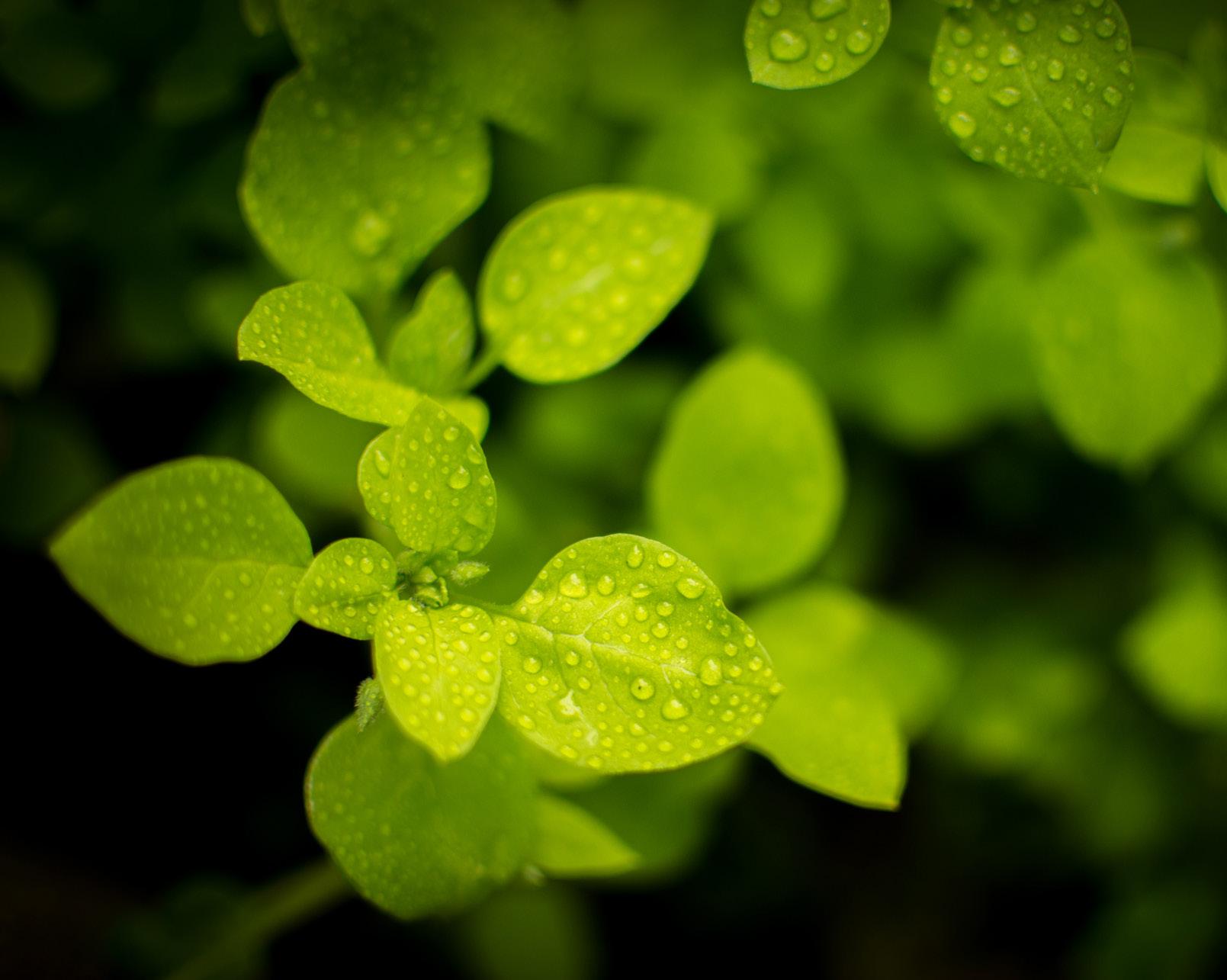

Those in the YouTube photography scene in the mid 2010s may recognize the term “Bokehlicious,” which is a term I believe was coined by DigitalRevTV and their photographyoriented channel. Strong
background blur and its aesthetic capabilities might no longer be a trend but rather a technique used by photographers. Initially, its purpose was to single out the subject by blurring everything else in its background.
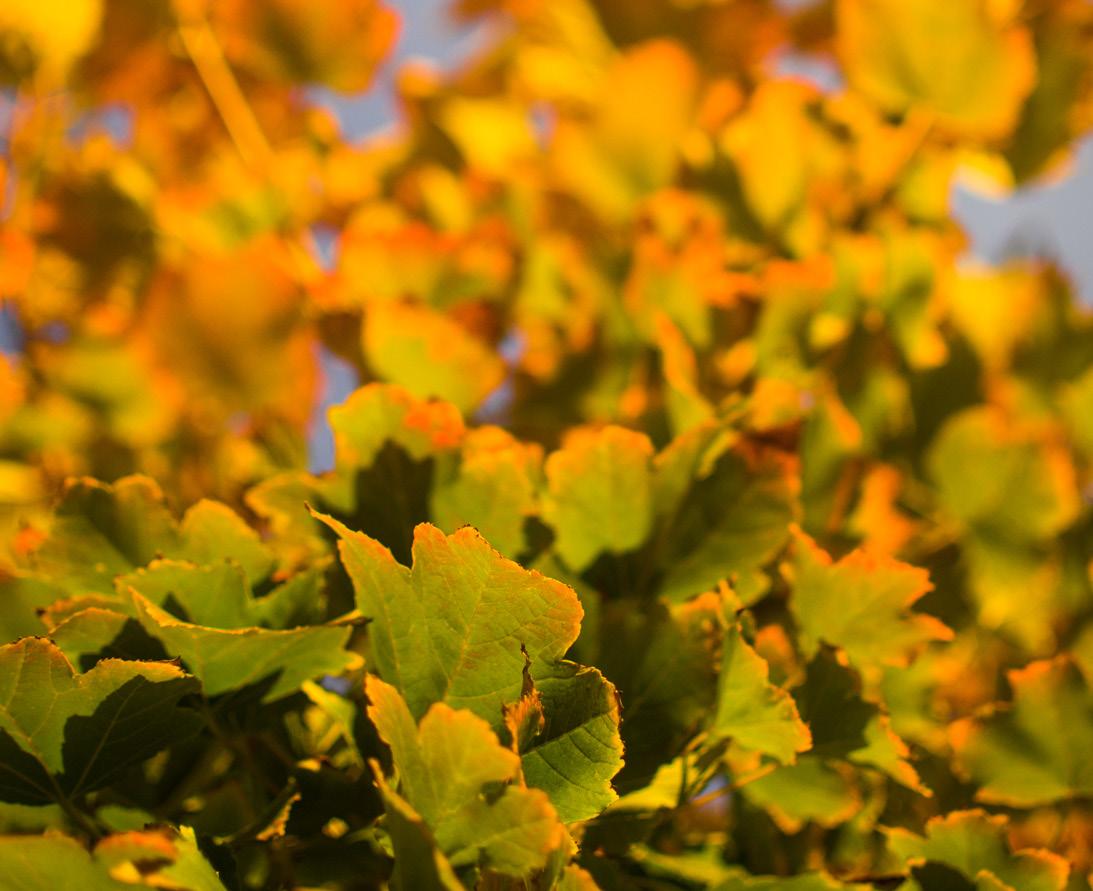
How-to guides: people, pets, and food
Brief
guides on common photo subject matter People photos
Historically, photographs are used as a tool of documentation for the purposes of research, artwork, or keeping a visual record. With the evolution of human technology and capability, photography was allowed to grow dramatically, with advances in understanding lens and light physics, better and improved camera ergonomics, digital technology, and many more. However, one of the main subjects of pictures throughout history always remained to be other people. Whether it’d be mugshots, taking
selfies with friends, or in your studio with a model, portraiture photography is one of the oldest subjects in the history of photography. The phrase which states that a single picture can tell such an in-depth story is always true, even if audiences may misinterpret the intention of the photographer and sitter. Whenever I take portrait photos, I love to talk to the subject to get to know them a little. The purpose of knowing who they are and how they act is to best interpret through my camera their personality. Serious subjects may prefer to be posed with more structure and harder lighting, capturing a sense of maturity and drama. People with more energy tend to lean to brighter, energizing colors and settings. Posing these subjects is best candid, to visually capture their
movement and looser personality. Professionals looking for headshots generally want to be dressed nicely, with even lighting around their face, and against a solid background. Additionally, when talking to other people, looking into their eye is only natural, so maintaining focus on their eyes is crucial to portraiture. Understanding your subjects is my key to taking successful portrait photographs, and communicating with them regarding their needs and your ability as a photographer will help any shoot you do run smoothly.
Pet pics
Social media and overall love and admiration for our animal companions makes us instinctively become paparazzi to these innocent pets, as they’re confused
why their owners keep pointing their phones at them. Many pet owners would even create social media accounts for their cats, dogs, or whatever and document cute moments or their less-than-normal personalities. Some owners would even take their pets along as travel companions, having their Chihuahua pose gracefully overlooking the Grand Canyon or something. Nevertheless, our pets have become an increasingly popular subject for our cameras, and taking pictures of them is a sign of our love.
The same concepts of capturing your subjects’ personalities in human portraiture applies directly to animal pictures as well. Most breeds and individual pets would have their own personalities, and keeping into account their uniqueness will help with good pictures. Small dogs like Chihuahuas or Pomeranians may be more suited in a household setting, seen comfy in their sheltered lap-dog life. Cats are seen more as freespirited, and lately, many cat owners are seen depicting their cats outdoors to feed their curiosity. Depending on how your pets are and what their instincts display
of their personality, be sure to capture their essence of them being your pets.


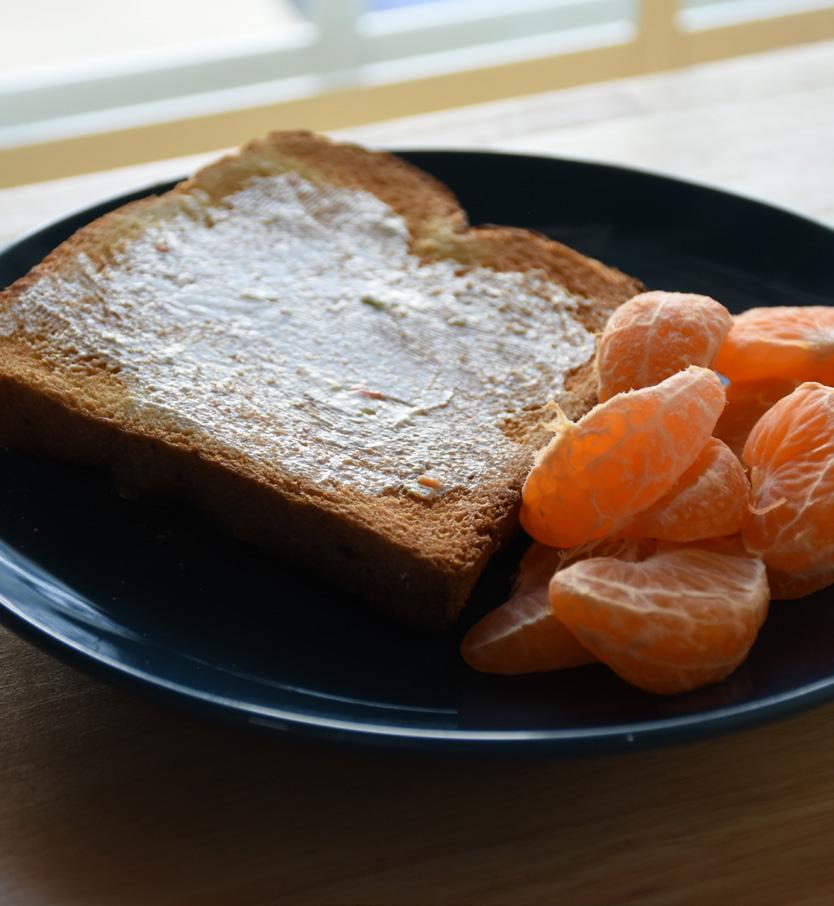
Food for the SNS
Color and lighting are keys to create appetizinglooking food photographs. Keep in mind color psychology where bland colors will translate into blander plates. Sure, steak and fries are in itself a delicious combination, yet yellows and browns aren’t that great looking together. To improve this look, chefs themselves would add garnish with greens, brightening up the appearance with just a few sprigs of rosemary or whatever they so choose. Even adding a side of a salad with vibrant tomatoes and assortment of lettuce and cucumbers will add that needed variety of color.
Composition

Another aspect of successful photography isn’t always the subject, but how the photographer skillfully moves your eyes around their picture, creating a dynamic aspect to something stagnant like a photograph. Good photographers always keep in mind composition and how to frame their photographs, where in not doing so, pictures will look awkward. Several techniques to achieve good composition are used, such as using grids which split a photo into thirds or the golden ratio spiral, capturing subjects while in movement or implied movement, and paying attention to visual balance.
Using grids within your camera is becoming increasingly popular where most smartphones have the ability to put a grid in their camera apps to help nonphotographers frame their pictures well. The reason why the three-by-three grid is so popular is because the rule of thirds generally creates immensely better visual balance than if you were to take a picture of a subject in the dead center. Having the subject take up around a third of the composition allows the eye to breathe in the other twothirds, giving an automatic
sense of movement. Another uncommon grid is the golden ratio grid, which is usually seen in the form of a spiral.
The golden ratio is a concept derived directly from nature, which is an unspoken law which creates essentially all natural proportions we see in life. Visually speaking, the golden ratio is very similar to the rule of thirds, yet when seeing the golden ratio spiral and rectangular grid on an image, proportions make more sense to balance the composition better.
Capturing movement in pictures is a difficult task by itself, yet will result in incredible photographs which will help audiences feel as if they are moving themselves. In a way, getting the movement in these pictures do in fact move the audiences’ eyes where successful capturing of movement will make the audience scan the picture in specific directions. Imagine a sports photographer taking a picture of a football player running towards the end zone, the entire opposing team behind on to his right in a chase.
F-stop
Creating a soft and alluring background blur with hazy circular lights behind your subject is something very desirable in photographs nowadays. An aesthetic which can only be created with the help of a camera
system is very unique only in the photography world.
Cameras are mostly seen as instruments which capture what human eyes see, yet because of the physics that come into play with cameras and lenses, the camera essentially becomes a second perspective, with new ways to look at things. Other photographers appreciate having their entire composition in tack-sharp focus, where no detail is left behind. Landscape photographers or those who like to capture architecture, for example, don’t want any part of their subjects out of focus.
Famous photographer Ansel Adams is well-known for his incredible black
and white scenery, where his entire photograph essentially becomes his subject.
Blurring the background or creating focus everywhere in a picture is achieved through knowledge and utilization of your lens’ aperture, also known as its f-stop. Within its name, photography is a practice which literally captures light. An analogy I love to use is to think of light as water, where every camera setting controls the flow of water. Increasing or decreasing the aperture of your lens, in a way, opens up the water pipe wider and sprays water in every which way, or tightens the pipe to let in a more
controlled stream of water. When the f-stop is very wide, say at f/0.95, the aperture becomes so wide that the edges of subjects themselves become out of focus. With a very tight f/22 f-stop, light is way more controlled and sharper, leaving the entire frame in focus.
There are considerations when changing your f-stop, however. As mentioned before, changing the aperture is one way to control the amount of light which comes into your camera. Think of opening your blinds all the way, versus leaving a tiny crack in the window.

Tips & Tricks
Would you rather use a smartphone or DSLR for your main camera?

A little before I bought my D7200, I knew the photographer’s philosophy that the best camera is the one you currently have on you. I actually didn’t have a smartphone
before 2017, but I already knew of smartphones’ immense capabilities. My first smartphone was actually the LG G6, praised for its unassuming design, having an 18:9 screen aspect ratio, and sporting a dual camera setup with a normal lens and wide angle. Versatility as both a phone and camera were very important to me, and the LG G6 also became my main video camera since it was surprisingly capable
of shooting 4K video. All I needed from then was an external microphone I could plug in to its 3.5mm audio jack. I gave up on the phone after a while, where hardware issues like the vibration motor, general performance issues, and horrible battery degradation came up.
Google Pixel 5
I’ve been eyeing Google’s Pixel phone line for some time, and even bought the LG G6 over a Pixel 2, mostly because I needed a smartphone as soon as possible, and the G6 released a few months prior to the Pixel 2. Luckily, Best Buy had a massive discount on the Pixel 5 which was only a few months old when the sale came on. Its original price was about $700, but if I activated an unlocked Pixel 5 through Best Buy, I could purchase the phone for just $200. This was probably the best piece of technology I’ve purchased in a while.
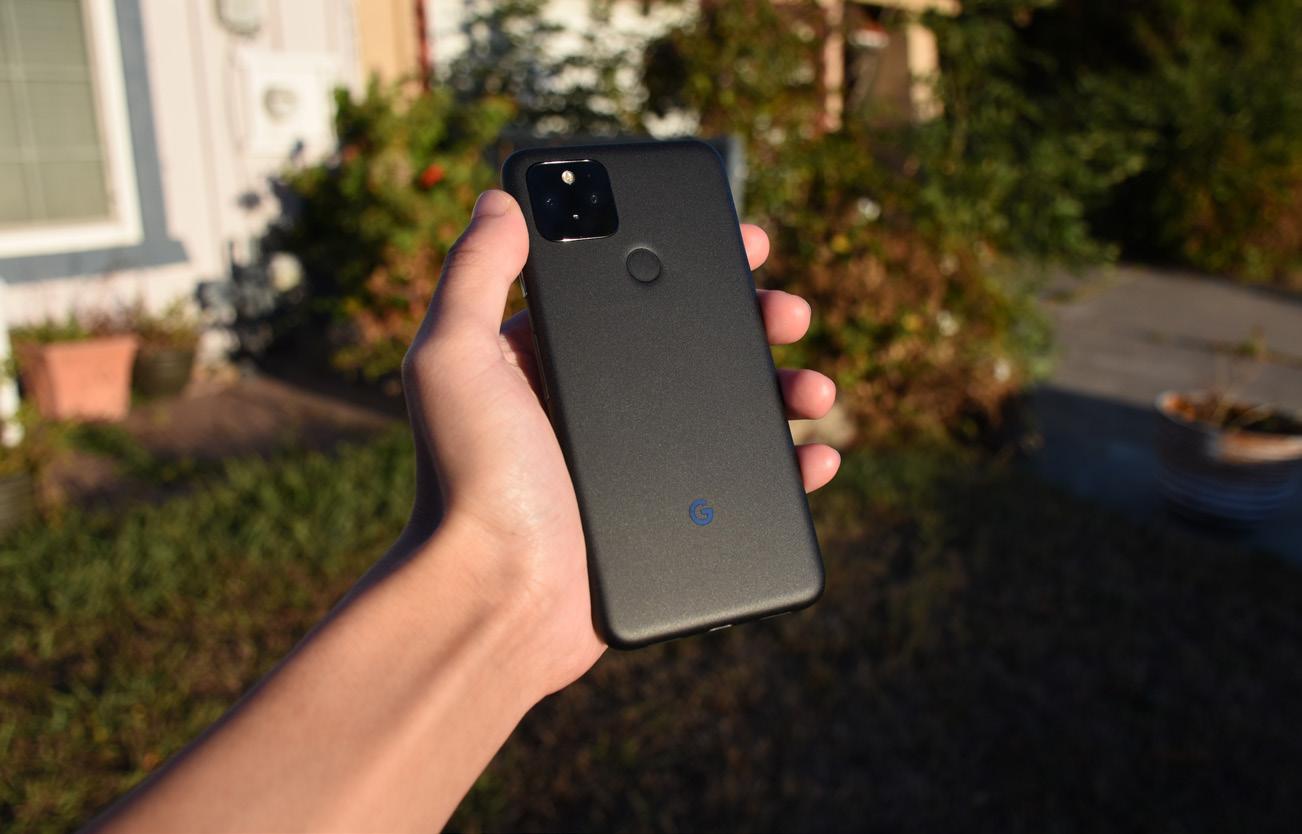
If I remember correctly, I purchased my trusty Nikon D7200 sometime in late 2017 after receiving my very first paycheck. Literally 100% of that paycheck, along with some money from my savings since I was a kid, went to the D7200 body and two prime lenses. Even now in late 2022, I’m still rocking with the D7200 and probably still will after a couple years. According to my last picture’s EXIF data, I’ve taken almost 20 thousand photos, which to me is an incredible amount, but will probably last so much longer given that many modern DSLRs are rated to last around 100 thousand clicks given its been cared for well.
A month or so before buying my Nikon D7200, I was internet windowshopping nearly every night and watching dozens of YouTube reviews regarding the cameras that were on my list. This was mostly because I was excited to spend my first paycheck on a tool which I absolutely knew would last me many years in the future. Aside from the D7200, I believe
Nikon D7200
I was also looking at the Sony A6000 since my total budget with lenses and gear included was just around $1000. What made the A6000 more appealing is because mirrorless cameras by Sony specifically were starting to become very impressive given their introduction with the Alpha 7 sometime in 2013 or 2014. Its small, lightweight body made for utmost versatility in both photo and video. However, the deal breakers for me were the infamous mirrorless battery life, where the camera would be notorious for having pretty poor battery life paired with overheating in the middle of a busy shoot. Furthermore, I knew I’d be out for 6-8 hours doing shoots regardless of weather, and
the A6000 didn’t have weather sealing as well. In fact, I was even considering the Sony A7 too, but the camera body alone would have exceeded my budget.
In considering the Nikon D7200 compared to the Sony A6000, the D7200’s pros far outweigh the cons. When comparing any APS-C crop sensor image quality between pretty much any other crop sensor camera, most enthusiasts and reviewers raved the D7200 as having the highest overall quality.

Biased Gear Reviews
Phone Camera Battles
Pitting Android and iPhone against each other once again Pixel iPhone


When I first dove into the rabbit hole of smartphone photography, it came with the perpetual battles of which phone’s operating software is better. Those in either cult would blindly defend their respective phones all the way to the grave, convinced that their Android offers more user freedom whereas the hefty price tag and premium branding of Apple devices gives their buyers some sort of false confidence. I, myself am an Android user and will always be because of the sheer fact that they statistically would almost always come
cheaper and offer a more user-choice oriented experience. Google’s own Pixel line of smartphones were touted as the smartphone photography royalty by most technology enthusiasts and smartphone photographers alike, so I naturally went with a Pixel 5 as my phone of choice. However, a good friend of mine has the iPhone 13 Pro, whose images are now being closely rivaled against my beloved Pixel 5. Let’s find out through several photos I’ve taken which phone’s camera is best used on a day-to-day basis.
The Pixel line of phones by Google were revolutionary, creating images from a subpar image sensor compared to other phone cameras. This is due to the fact that Google, in my eyes, is a software company which can make the best of lessthan-effective hardware. Their image processing became famous for using these cheaper sensors and creating fantastic first-try photographs without any need for editing. Through a single shutter, pictures were already of high quality. A noticeably-intensified version of what you’d see
iPhone
with your bare eyes, Pixel phones make colors more vibrant and balanced, where the overall image is sharper with a higher dynamic range. In the image overlooking a parking lot, and past, the Bay’s ocean, shadow detail is slightly better, best seen beneath the parked van. Highlights are captured better as well, where on top of the van and even with the crosswalk itself details are better. Compared to the iPhone’s photo, the tones are cooler but the sky is more washed out. Zooming into the light poles within the sky, the Pixel 5 also carries a higher sharpness, which sometimes translates to better readability in text, such as the license plate at the bottom left. However, the Pixel 5 heavily falters with more vibrant photos because of its desire to calm these colors a lot more. For instance, the photo
with red flowers doesn’t show how truly fiery red they really are, and the patch of yellow flowers transformed the yellows to a dull gold.
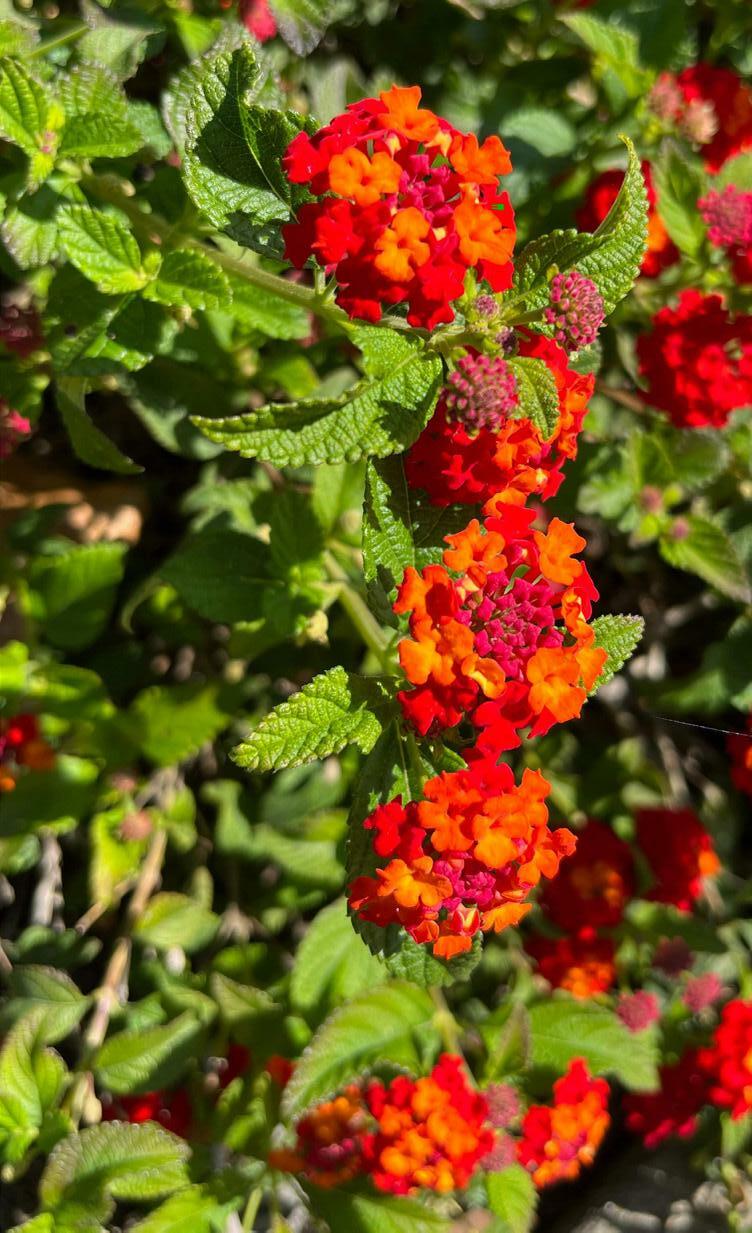


In comparison to the Pixel 5, the iPhone 13 Pro’s photos are still just as good in their own unique ways. Apple’s image development is vastly different from Google’s, where their philosophy with pictures is that what you see should be what you get. Additionally, post-editing would be expected because these photos are not nearly as processed-looking as Google. The iPhone 13 Pro’s dynamic range captures less detail in the single white and purple flower, seen with the shadows each petal makes. Its leaves are greener, however, and the field of view is so much wider, hence the zoomed-out look. I couldn’t capture the image as close as I wanted when taking it first with the Pixel 5.

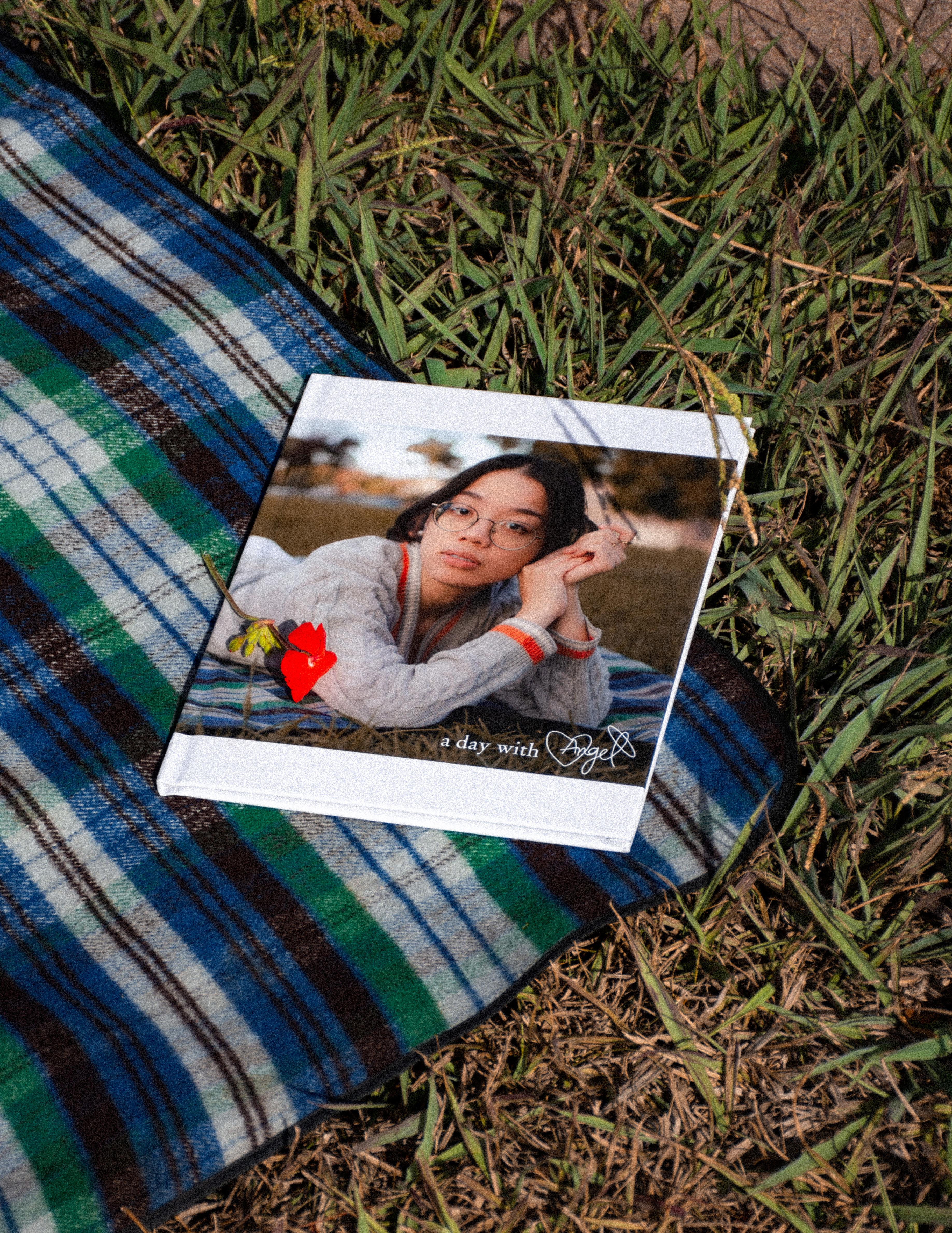
have a picnic with Angel.


a day with
Tandaan Photography Studio’s first official photobook. Get yours today at your local bookstore and hangout with Angel.

Kahari’s 50mm f/1.8.


Camera royalty.

